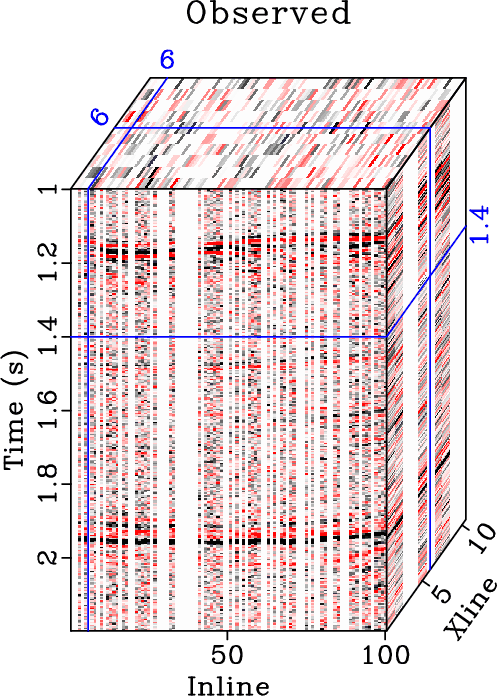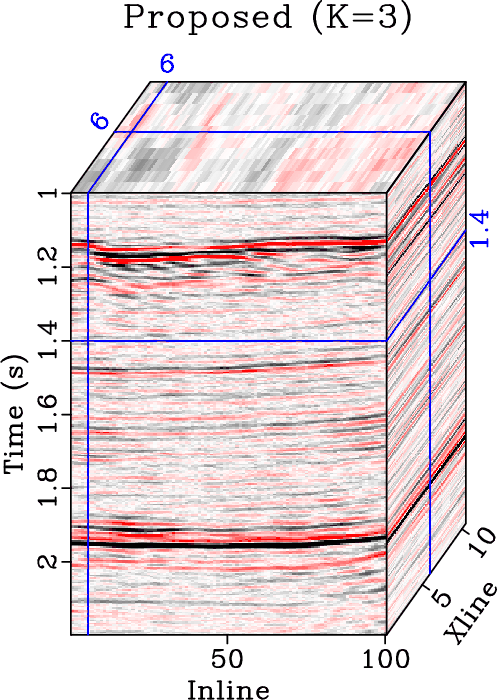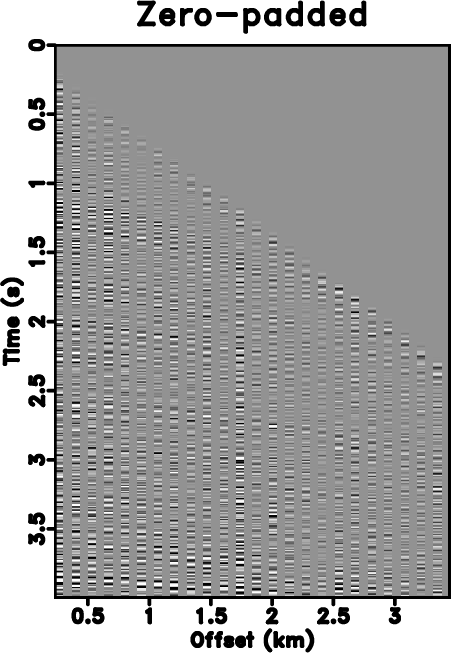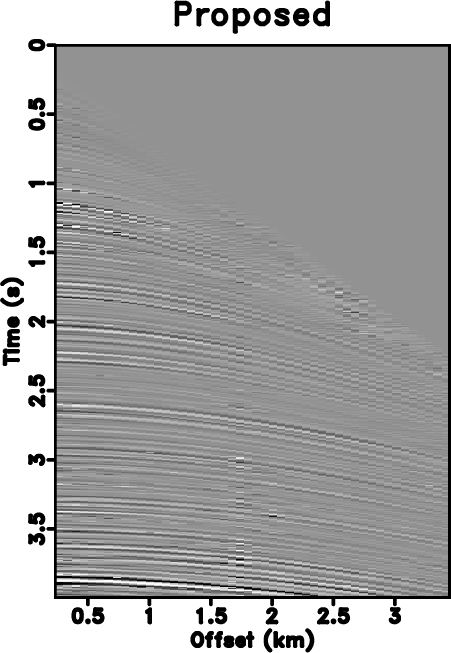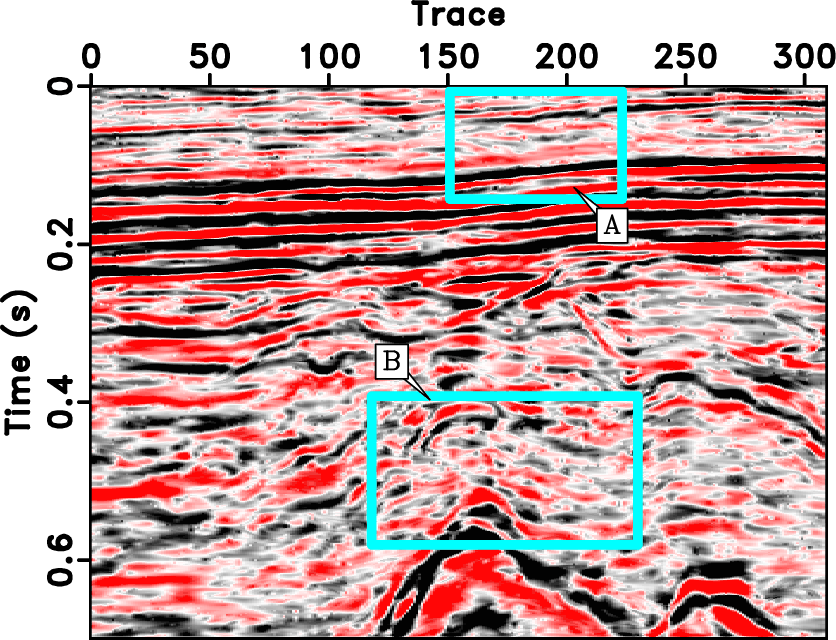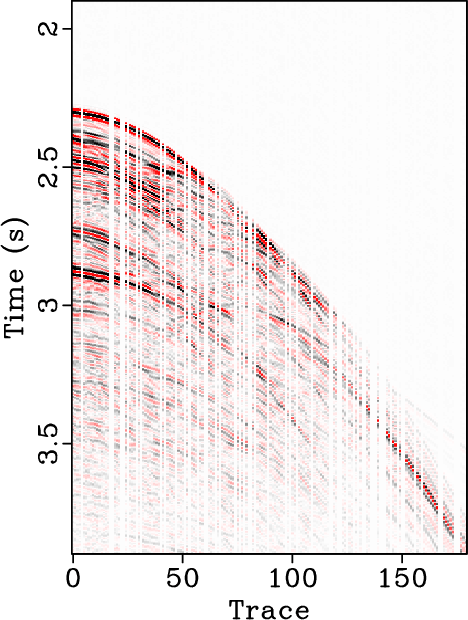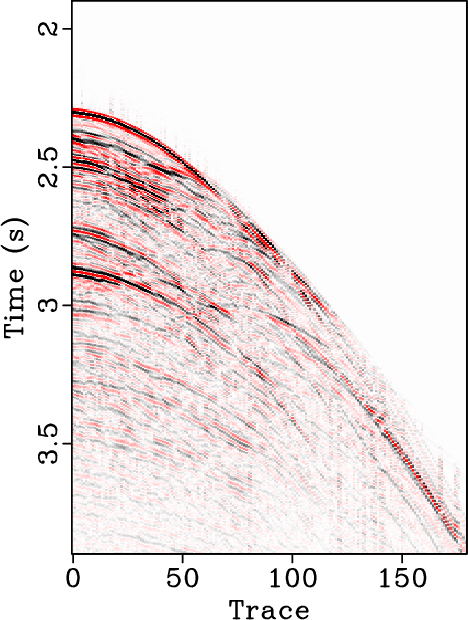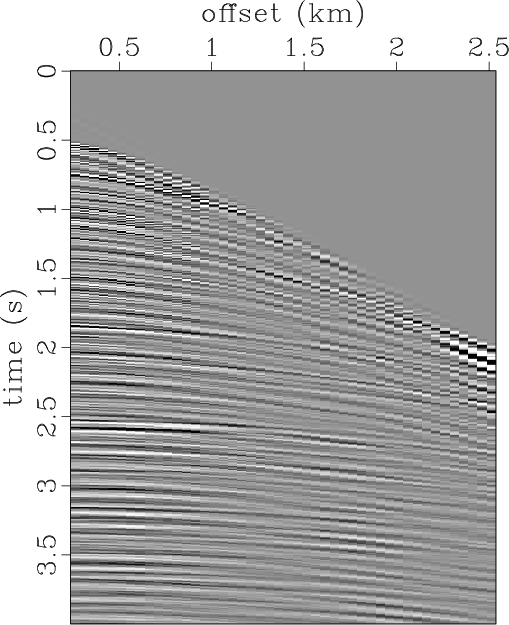A new paper is added to the collection of reproducible documents: Probing the subsurface karst features using time-frequency decomposition


The high-resolution mapping of karst features is of great importance to hydrocarbon discovery and recovery in the resource exploration field. However, currently, there are few effective methods specifically tailored for such mission. The 3D seismic data can reveal the existence of karsts to some extent but cannot obtain a precise characterization. I propose an effective framework for accurately probing the subsurface karst features using a well-developed time-frequency decomposition algorithm. More specifically, I introduce a frequency interval analysis approach for obtaining the best karsts detection result using an optimal frequency interval. A high resolution time-frequency transform is preferred in the proposed framework to capture the inherent frequency components hidden behind the amplitude map. Although the single frequency slice cannot provide a reliable karst depiction result, the summation over the selected frequency interval can obtain a high-resolution and high-fidelity delineation of subsurface karsts. I use a publicly available 3D field seismic dataset as an example to show the performance of the proposed method.


